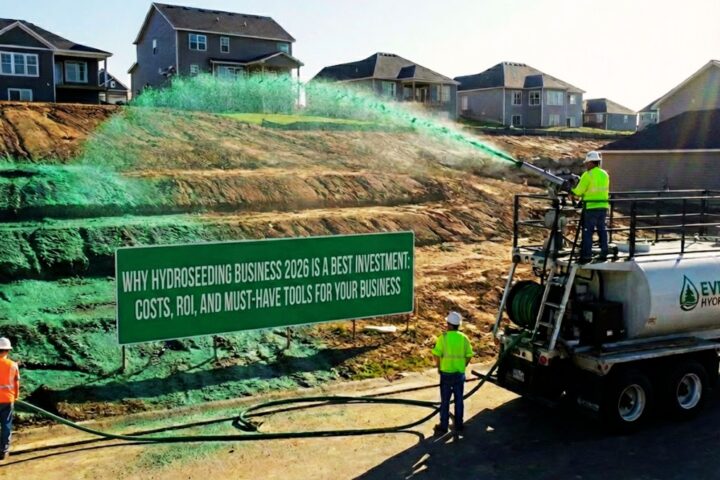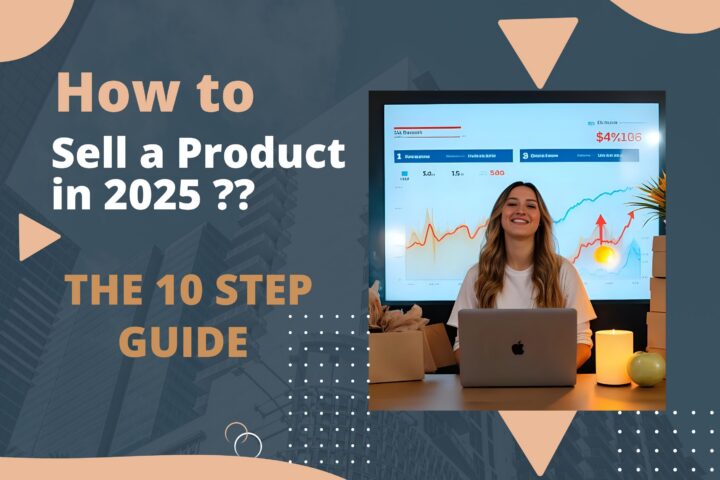A corporate leadership presentation is a communication tool used to articulate the vision, mission, and goals of an organisation, as well as to inspire and motivate employees. They are a powerful and effective way to articulate the vision and goals of an organisation and motivate employees. But if they are not delivered in the right way, they can have the opposite effect.
Read on to learn how to prepare for and deliver them in a way that will benefit your company or organisation the most.
Choose the right venue
Choosing the right venue for the presentation is essential. Making people sit in a cold, draughty, drab conference hall is going to detract from what is being said. When people are physically uncomfortable it is natural for them to be less receptive. Modern corporate presentation venues have the right ambience and are welcoming, and comfortable. They are also equipped with the latest technology. This enables presenters to deliver a flawless presentation and do so in the format of their choosing.
Make sure getting to the venue will be easy for attendees. If necessary, provide transport from the nearest train or bus station. Consider things like the availability of parking and whether the area is safe after dark.
Preparation is everything
- Getting the content of the presentation is essential. It needs to be:
- Highly targeted
- Delivered in a language that the audience will understand
- Flawlessly delivered
- Contain content that is impactful and memorable
All of this will take time and initially inspiration may not come. So, it is important to start work as early as possible.
Start with the end goal in mind
At all stages of writing and tweaking the presentation, the end goal needs to be borne in mind. It is really easy to create a beautiful presentation that does not deliver the intended message. According to The Moxie Institute, which trains people to become impactful presenters, this is a common mistake.
The person creating the presentation needs to write down the objectives and layout points that address each of them. If there is something that does not fit under one of those categories it is usually a good idea to cut it.
Anticipate questions and answer them
Understanding the audience is a big part of being able to put an effective presentation together. That includes working out what objections or worries they may have to what is being said. As well as understanding the questions people will want to have answered. Anticipating all of this and addressing them during the presentation helps to reduce the level of resistance the audience has to the message.
Mix things up a bit
It is important that the audience is not bored. You can do this by mixing things up. Including images, graphs, and other types of graphics in a presentation can make things clearer and more memorable. This approach is particularly helpful when addressing a large mixed audience. Using different mediums to deliver the message makes it possible to reach each person.
Practice
Once complete, the presentation needs to be delivered in full, in front of an audience, multiple times. Ideally, the presenter will be able to have a run-through at the corporate presentation venue they will be using. This provides them with the opportunity to familiarise themselves with the equipment. They will also feel more confident and relaxed.
Avoid changing things at the last moment
It is important to know when to stop editing the presentation. The aim should be to make only small changes at the final run-through stage. Initially preparation at the start will ensure there is no need for major changes.
Train a backup speaker
Make sure that should the speaker go sick someone else will be able to step in. That person should also practice delivering the presentation.
If the speaker is not very experienced, provide them with some additional training. Give them a chance to practice by doing a few smaller presentations.
Post-presentation follow-up
Following up is always a good idea. No matter how impactful the presentation is, people will quickly forget it. This article contains 14 effective ways to follow up. All of them are effective but take the time to choose the approach that is right for your audience. In some cases, that will mean using different follow-up techniques for each section of your audience.
Creating and delivering an impactful corporate leadership presentation is not easy and takes time. But using the advice above it is possible to deliver one that promotes understanding and motivates people to take action.











